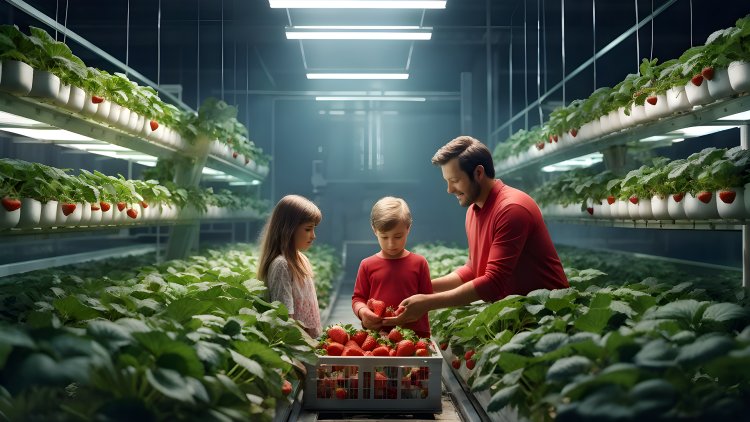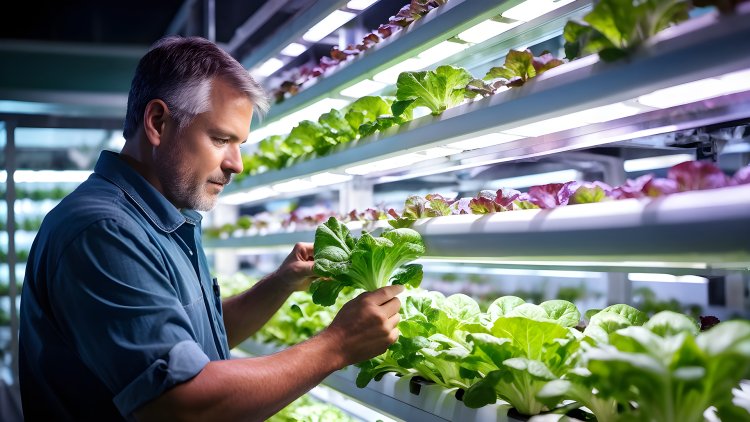Urban Farming: How Cities are Growing Their Own Food
Learn how urban farming is transforming rooftops, backyards, and abandoned lots into thriving food gardens. Discover why urban agriculture is the future of food security.

With rising food insecurity and growing urban populations, cities around the world are finding new ways to produce their own food — right where people live.
What is Urban Farming?
Urban farming is the practice of cultivating, processing, and distributing food in or around urban areas. It transforms rooftops, balconies, empty lots, and community gardens into productive farmland.
Types of Urban Farming:
- Rooftop Gardens: Vegetables and herbs grown on the roofs of buildings. Read more...
- Vertical Farming: Growing crops in stacked layers, often indoors, using hydroponics or aeroponics.

vertical farming....
- Community Gardens: Shared spaces where neighbors collectively grow fruits and vegetables.
- Hydroponic Farms: Soilless farming using nutrient-rich water solutions. Read more....
- Backyard Gardens: Personal farming in home spaces, even with limited land.
Why Urban Farming Matters:
- Food Security: Local food production reduces reliance on long supply chains.
- Fresh Produce: Fresher and more nutritious vegetables right from your neighborhood.
- Environmental Benefits: Urban farms reduce carbon footprints and green up cities.
- Economic Opportunities: Creates jobs, local businesses, and markets.
- Community Building: Strengthens neighborhoods and encourages healthy living.
Challenges of Urban Farming:
- Space limitations
- Water management
- Government policies and zoning laws
- Initial investment costs
The Future of Urban Agriculture:
With innovations like hydroponics, aquaponics, and AI-driven farming, urban farming is no longer just a trend — it’s becoming a permanent part of the global food system.
Urban farming is not just a solution — it's a necessity for the future.
Grow where you are. Eat what you grow. Thrive sustainably!
What's Your Reaction?





















